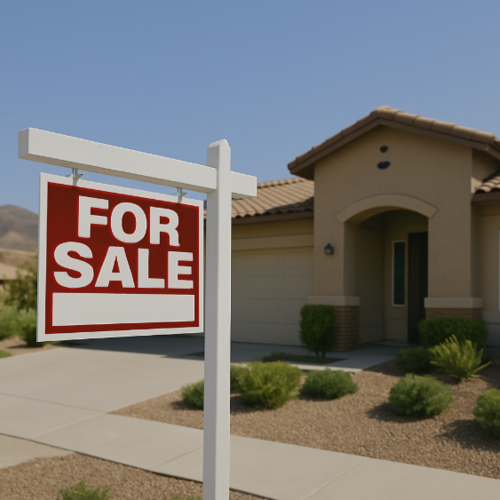You’ve probably noticed headlines pointing out that foreclosures are on the rise. That can feel unsettling and might even bring back memories of the 2008 housing crash. But before jumping to conclusions, let’s put the numbers into perspective.
According to ATTOM, during the housing crash between 2007 and 2011, over nine million homeowners went through some form of distressed sale. In comparison, last year saw just over 300,000. While there has been a recent increase, the numbers are nowhere near what they were during the crisis years. So, is another wave of foreclosures looming? The answer is no.
Why Experts Aren’t Expecting a Crash
Industry professionals track mortgage delinquencies—loans that are more than 30 days past due—as an early signal of potential foreclosures. Current data shows delinquencies are stable compared to the end of last year, which suggests there isn’t widespread trouble ahead.
That said, there are some important details worth noting. Marina Walsh, Vice President of Industry Analysis at the Mortgage Bankers Association, explains:
“While overall mortgage delinquencies are relatively flat compared to last year, the composition has changed.”
The biggest uptick has been among FHA borrowers, who may be more affected by economic uncertainty, inflation, and employment shifts. Still, delinquency rates for other loan types remain low and steady. Back in 2008, all categories of loans were showing much higher delinquency rates, which is not the case today.
As ResiClub summarizes:
“The recent uptick in mortgage delinquency seems to be concentrated among FHA borrowers, however, mortgage performance remains very solid when viewed in light of the twenty-year history of our data.”
FHA Loans and Regional Trends
FHA loans make up about 12% of mortgages nationwide. While that’s a relatively small share, some regions—particularly in the South—have a higher concentration of these loans. That’s why delinquency rates can look different depending on where you live.
The Federal Reserve Bank of New York explains:
“Looking at geographic concentrations of loans, recent data indicate that a higher proportion of mortgage balances are delinquent in many of the southern states . . . we see that higher delinquency rates coincide with a higher share of FHA loans across states.”
Even so, today’s delinquency rates remain far below 2008 levels, which means this is not a signal of another housing crisis.
What To Do If You’re Struggling with Payments
Facing foreclosure is never easy, but homeowners today often have more options than they realize. The first step is to contact your mortgage provider—many can offer repayment plans or loan modifications.
Another important factor is equity. With home values still strong, many homeowners may have enough equity to sell rather than face foreclosure. In fact, it’s likely that some current delinquencies will be resolved this way, since homeowners today are sitting on near-record amounts of equity.
Bottom Line
Foreclosures have ticked up recently, but they remain far below the levels seen during the housing crash. The stability in delinquency data and today’s equity-rich environment both point away from another market collapse.
This is an area industry professionals will continue to watch, but the big picture remains clear: the housing market is on much stronger footing than it was in 2008. If you’d like to stay informed or need guidance about your own situation, connect with a trusted real estate agent or lender.



